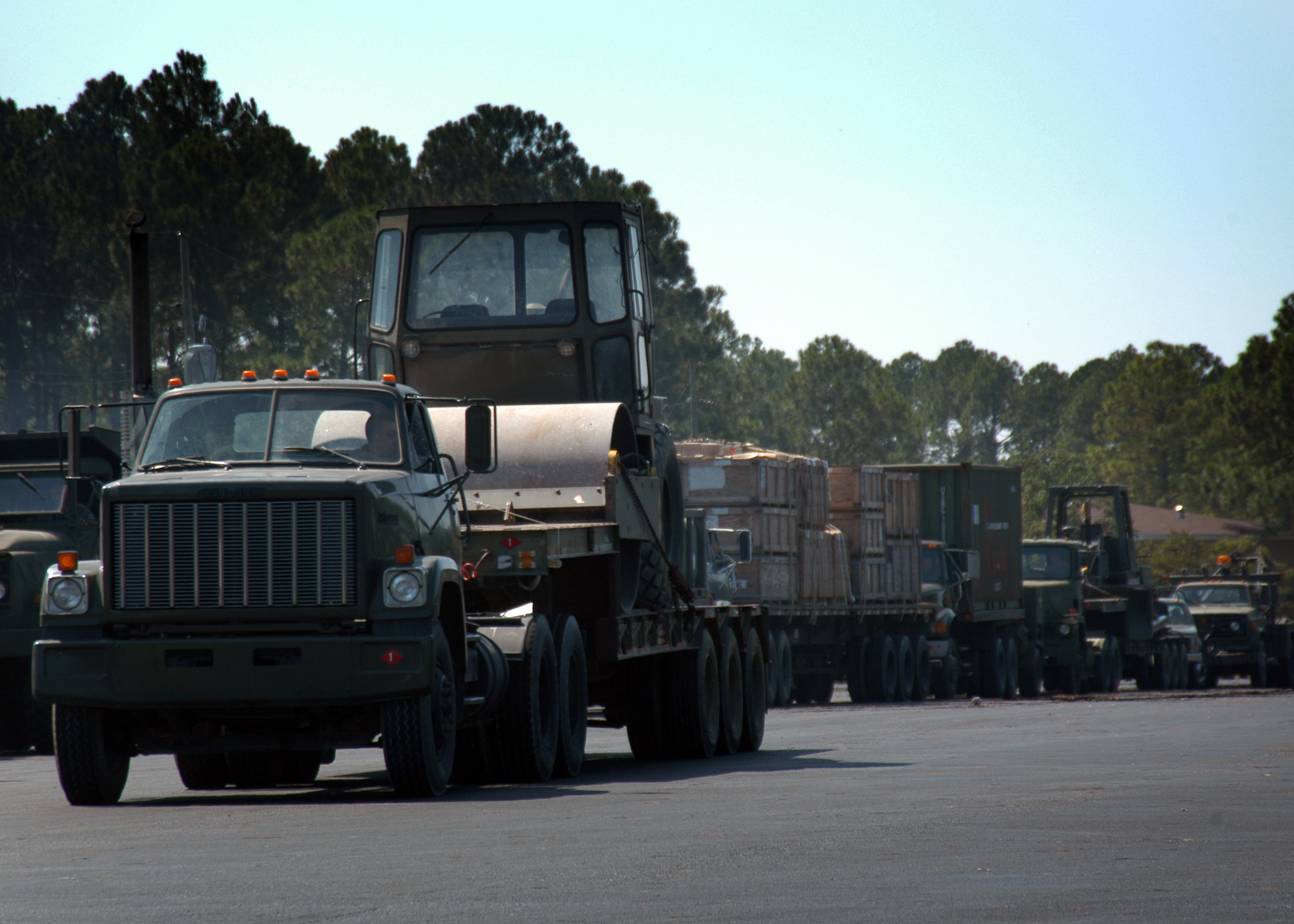This post is also available in:
 עברית (Hebrew)
עברית (Hebrew)
Offering an innovative, low-cost and rapid means of threat agent detection, a new sensing technique may offer significant advantages for deployed warfighters. Researchers from the US Air Force Academy, funded by the Defense Threat Reduction Agency’s Chemical and Biological Technologies Department, have been using butterflies to detect trace amounts of chemical warfare agents with increased precision and speed.
The researchers demonstrated that analyzing light reflected from the scales of a butterfly wing may fill a critical capability gap for US service members. Currently, only expensive, non-portable instrumentation exists for the required sensitivity of certain chemical warfare agents (CWA). Other tools, such as colorimetric and nanomaterial methods show promise, however, they pose challenges for long-term field use such as inadequate sensitivity or sensor poisoning.
The team tested both naturally occurring and synthetic photonic crystals for CWA vapor detection. Using the reflective properties of the butterfly wings, researchers were able to identify changes in the refractive index or distance between structure layers.
When exposed to water, methanol, ethanol and simulants for mustard gas, researchers found that vapors could be detected at parts per million concentrations in under one minute. The portable technique only requires a small photonic crystal, a visible light source and a fiber optic cable. Further, this method could potentially be used as a long-term, continuous, passive sensor.
While promising, these sensing agents present some challenges such as generating a synthetic butterfly wing to increase vapor sensitivity and selectivity towards chemical agents. Ongoing efforts are underway at the Air Force Academy to address this issue.


























